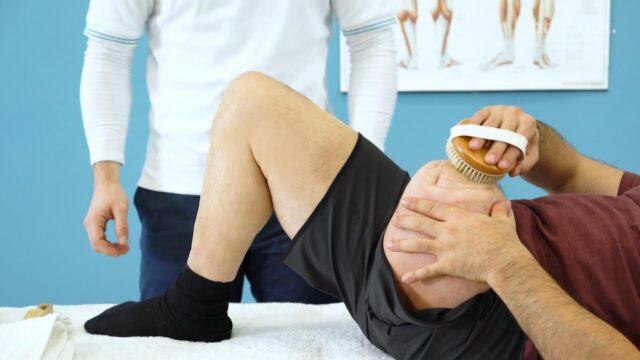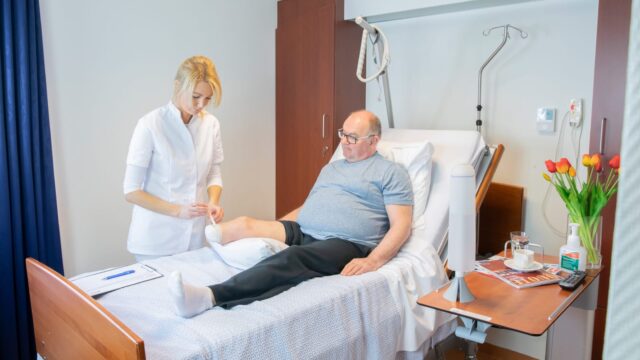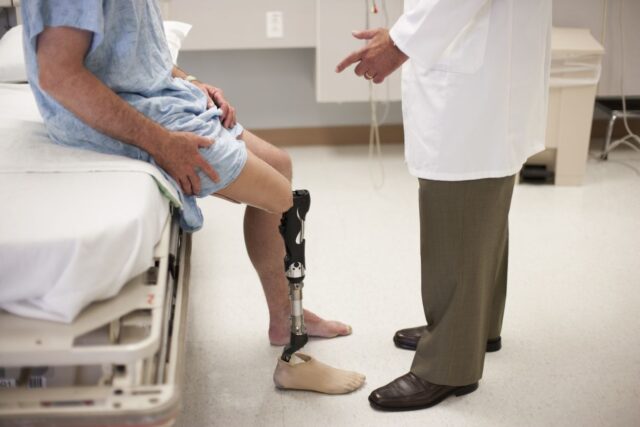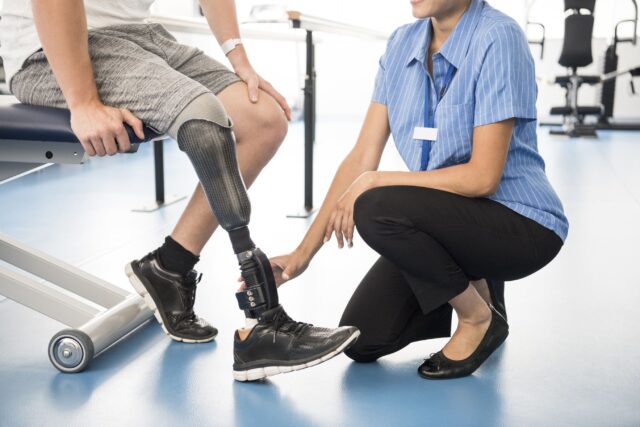
Any kind of rehabilitation is a pretty durable process that requires patients to be as patient as they can be. It doesn’t matter what type we are talking about, you can be sure that it takes a lot of time and hard work. Especially when we are talking about the most severe cases, like the loss of a limb. As you can presume, having this kind of injury inflicts a massive negative influence on the person’s everyday life and mental health. A high percentage of people will have a hard time adjusting to these.
Simply said, nothing will be the same after that. The person who suffers it needs to be fully aware of all the conditions that will need to be met in the future. The goal behind this rehab is to help the person get used to new conditions. Naturally, the type of therapy will depend on the injury that person has suffered, and how severe it is.
Therefore, those who have suffered from these will need to look for a proper clinic that can provide these kinds of services. Knowing the complete situation will surely help you choose the decision you need to make in the future. So, conducting thorough research is an absolute must. Also, here you can get acquainted with the Everest rehabilitation protocols and programs.
To make this research much easier for you, we would like to provide you with the main stages of outpatient rehab after limb loss. Without further ado, let’s take a look at these.
1. Pre-Operative

As you can presume, the pre-operative stage begins when a person who has experienced this kind of injury arrives at the hospital. Many people make the mistake of believing that the operation is something that happens immediately in all cases. However, this is not entirely true. In some cases, there are a lot of factors that need to be taken care of before the operation is conducted.
For instance, the limb may be still attached to the body, but it means to be cut off to save the patient’s life. These cases are severe irreparable bone fractures and infections like sepsis. Sepsis occurs when a human body tries hard to overcome that outside attacks or damage, but it cannot overcome it. That’s the situation when it can get pretty dangerous for the person. Before the operation, it needs to be under control.
2. Post-Operative

After the operation is carried out, the specialists will need to make sure that the recovery is of the highest possible quality. At the same time, it needs to be said that mobility needs to be encouraged immediately. That way, they will be able to prevent muscle atrophy, which leads to a wide array of a different sets of problems in the future. As you may know, overcoming atrophy is a serious challenge.
Of course, none of these stages is easy, but it needs to be said that this one is particularly challenging for a variety of reasons. Failing to provide the utmost care can cause a lot of different problems. Even when the care is carried most efficiently, the psychological aspect of the treatment remains. Many people will struggle with accepting the fact that they have suffered irreversible damage to their limbs and a serious loss of mobility.
3. Pre-Prosthetic

Before the patient will receive proper prosthetics, it needs to up its strength to a certain level. Not only that, but the question of flexibility is also of the utmost importance. Without it, adding prosthetics to the hand or leg will not be as effective. Furthermore, the sharpening of the limb needs to be fit enough to accept the add-on. Naturally, all of these elements need to be carried out under the careful eye of the specialists.
4. Prosthetics

After all the conditions have been met, the stage is set for the implementation of prosthetics. Naturally, the preparation makes sure that the limbs are complement with all the features. That way, the patient will have the proper level of comfort, which will increase mobility. Otherwise, the person who wears these will not have the proper level, as you can presume.
At the same time, the patient will need to learn about basic skills on how to control these features. Even the simplest of tasks can be hard. We are talking about getting dressed, going to the bathroom, tying, and untying shoes. To obtain these skills, the person will need to practice every day. After a certain period, all of these will become much easier to perform.
Phantom Limb Syndrome

When a person gets prosthetics, the process of reintegration begins. One of the hardships that can be stumbled across on this road is phantom limb syndrome. We are talking about the commonest side-effect of this occurrence. Basically, we are talking about the feeling that the amputated limb is still there. It is important to say that this side-effect doesn’t include any pain. The reason why this happens can be found in the brain, in the spinal cord, to be precise.
In the simplest way we can put it, the brain tries to reorganize after the amputation. The reason is that the communication between the brain and the limb was broken completely. However, some of them are in the proper condition, and they are trying to reestablish this communication once again. That doesn’t mean that the official medicine knows all the elements of this side-effect. It’s not known how much time this syndrome needs to develop after the amputation. It can take up to a couple of years before it can develop.
The Conclusion
As you can see, neither of these stages is easy. The patient will need a lot of will and hard work to overcome these obstacles. But, it needs to be said that knowing there is an absolute must. Otherwise, we can’t know what should be done. Here, you can take a look at the main stages and what you will encounter in these. We are certain that they will prove useful whenever someone is in need.












